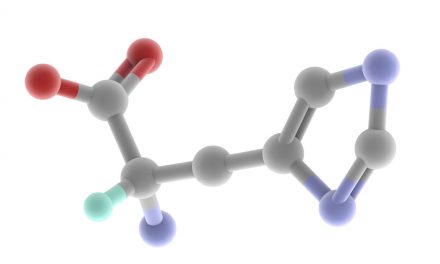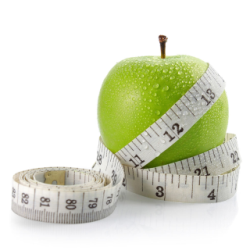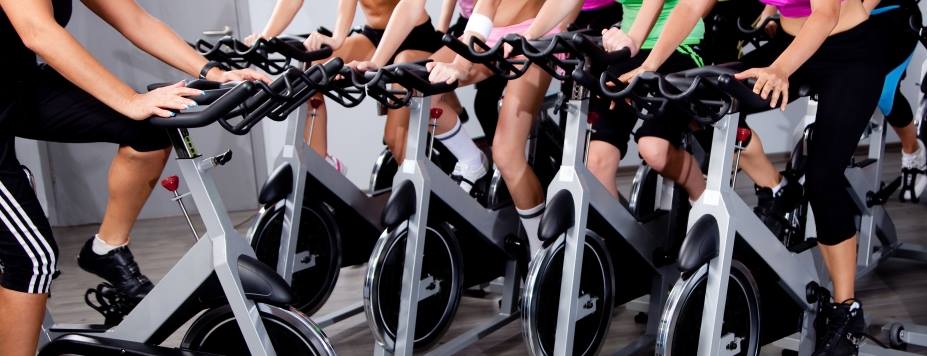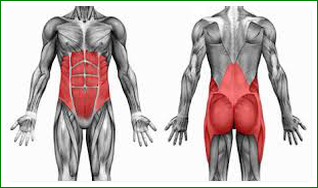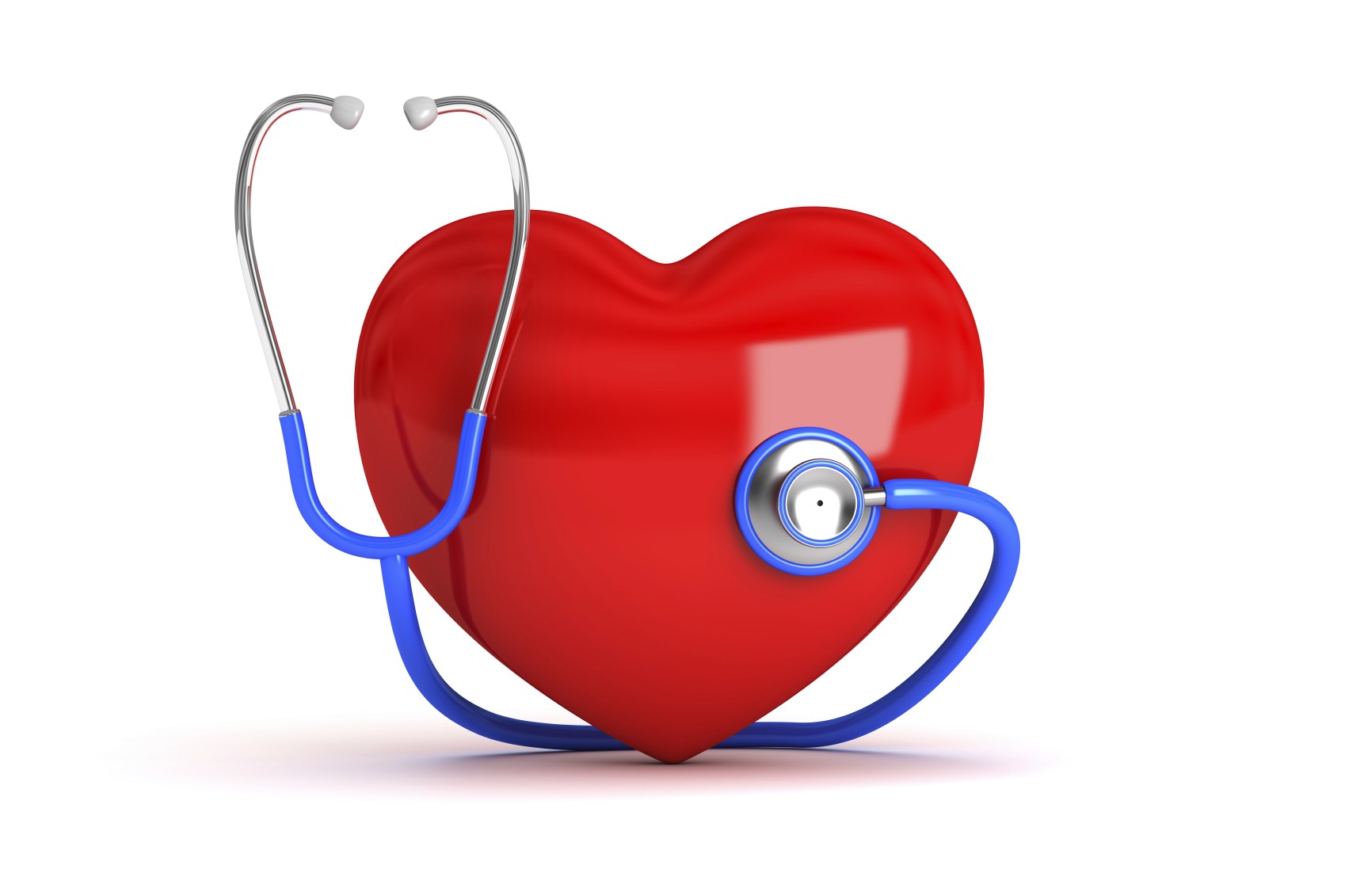*****
Normal systolic blood pressure, which represents the pressure while your heart is beating, should be 120 mm-Hg. The diastolic blood pressure, which represents the pressure when your heart is resting between beats, should be 80 mm-Hg. In some people, the system that regulates blood pressure goes awry for a number of reasons. Arteries stay constricted and drive up the pressure in the larger blood vessels. Recent studies have revealed that both numbers are important to closely monitor. Make sure you do the same.
Who Is at Risk?
Blood pressure issues are common in the United States, typically 1 in 3 adults struggle with it. Here are some of the risk factors:
1. Weight. You’re more likely to develop blood pressure issues if you’re overweight or obese. This factor is one you can control with a reduced diet and exercise plan.
2. Gender. More men than women develop blood pressure concerns.
3. Age. Blood pressure tends to rise with age. If you’re a male older than 45 or a female older than 55, you’re at increased risk. Over half of all Americans aged 60 and older have blood pressure concerns, especially with a high systolic number (the top number). The good news is that blood pressure concerns don’t have to be accepted as a “normal” part of aging. Diet and lifestyle changes can help.
4. Race/Ethnicity. While blood pressure concerns can affect any race, it’s more common in African Americans who often have more severe cases.
5. Unhealthy Lifestyle Habits:
- Too much salt in the diet
- Sedentary lifestyle
- Drinking too much alcohol
- Not getting enough potassium in your diet
- Smoking
6. Genetics. Can’t change your family history, so if close relatives worry about their blood pressure numbers, then you should closely monitor yours too.
It’s important to note that in many cases there is no clearly identifiable risk factor, so no one is exempt from this important health concern.
Treating hypertension with physical activity
A person suffering from high blood pressure should focus its attention on achieving the following objectives: reduction of body weight, healthy eating, stress reduction, moderation of alcohol consumption, elimination of drugs and smoking, physical activity.
Given that sport, in addition to reduce overweight and stress, brings many benefits to the entire cardiovascular system, including all of these factors is surely the most important. The training, which means the use of structured exercise acts to increase the level of fitness is today unanimously considered an effective method of prevention and treatment.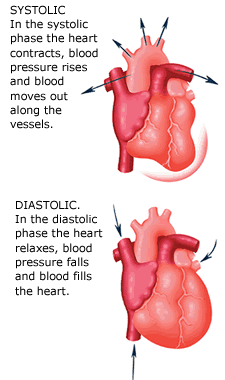
To keep under control hypertension is very important that your waistline is: less than 40.16 inches in men and less than 34.65 inches in women.
Since many years it has been shown that the degree of fitness is inversely proportional to the levels of blood pressure. Translated in other words means that a person active had a lower risk of developing hypertension compared to a sedentary person.
This risk is increased already at a young age if the child does not start the practice of regular physical activity and control in the dietary choices.
Sport, also as the execution of daily physical activities of medium intensity (gardening, walking, household chores etc..), as well as having a preventive also has a very important therapeutic function.
The utility of physical activity on blood pressure reduction in patients with hypertension mild/moderate has long been the subject of numerous studies. All these researches have shown that a regular exercise (bike, swimming, jogging, running, or combinations thereof) is able to reduce the levels of resting pressure significantly.
Average reduction in blood pressure induced by regular exercise in patients with mild or moderate hypertension. (Physical Activity and Cardiovascular Disease Prevention by Peter Kokkinos- 2009):
Reduction in systolic blood pressure: 8-10 mm-Hg
Reduction in diastolic blood pressure: 7-8 mm-Hg
Physical exercise decreases by about 50% the risk of cardiovascular and brain damage from excessive pressure. The gym also has a hypotensive effect in the short term. In particular, after performing an aerobic exercise for 30-40 minutes, the pressure remains lower (<5.8 mm-Hg) for about 13 hours.
Why physical activity is good for the heart?
The beneficial effects of training are due to many factors among which the most important are:
• Capillarisation: increase in the number of capillaries in the muscles and heart where the development of coronary Micro-cycle move away the risk of angina and heart attack;
• Increased blood supply and oxygen to all tissues and in particular to the heart muscle;
• Stress reduction: both transitional and long term thanks to the release of euphoric substances involved in the regulation of mood (endorphins);
• Reduction in peripheral resistance: either by reducing the activity of certain hormones and their receptors (catecholamines), both due to the increase of the capillary bed;
• Positive effect on other risk factors: physical activity plays a beneficial effect on other diseases that are often associated or cause hypertension such as diabetes, dyslipidemia and obesity.
There is a great sport to prevent and treat hypertension?
There isn’t absolutely an ideal sport for those suffering from high blood pressure. However, there are physical activities more effective than others and some that in certain circumstances may even be counterproductive.
Physical exercise useful for the prevention and treatment of hypertension must comply with the following features:
AEROBIC or cardiovascular: it must be a physical activity lasting place in medium intensity (60-70% of VO2max). Typical examples of cardiovascular work are walking, jogging, running, swimming and cycling endurance.
FREQUENCY OF TRAINING: to be truly effective exercise should be repeated at least three times a week. The maximum beneficial effect is obtained with 5 weekly sessions, even if the differences, in term of pressure drop, are not significant. In this case instead enhance the benefits on the reduction of body weight and the effectiveness of the cardiovascular system.
DURATION: to be effective the activity must last for at least 20-30 minutes, preferably without interruption. Also in this case the best results are obtained with a superior commitment (40-50 minutes). Below the twenty minutes, the positive effects fall considerably.
*****

